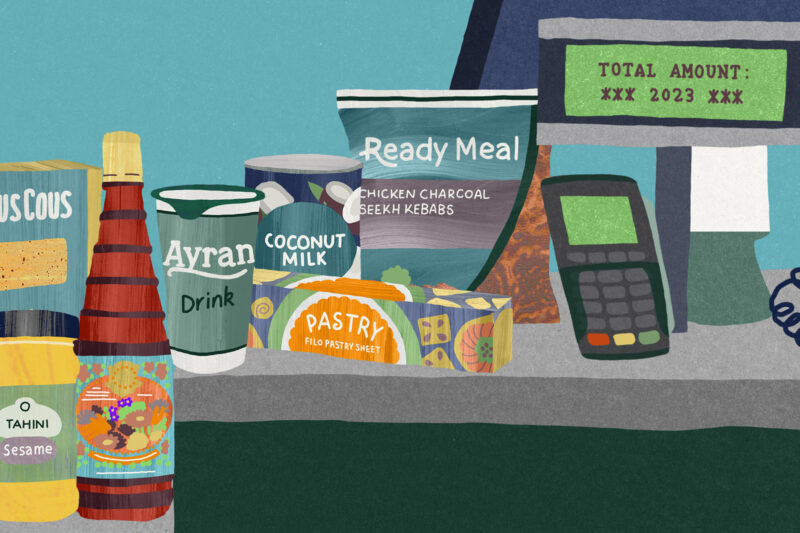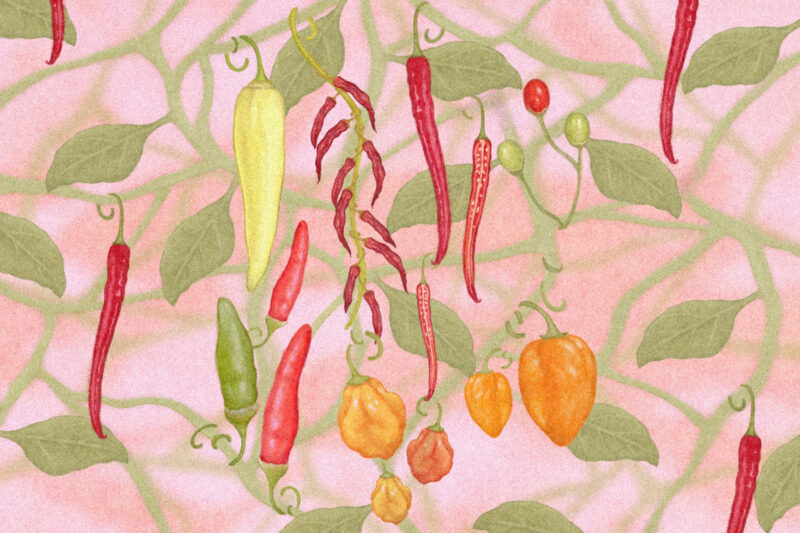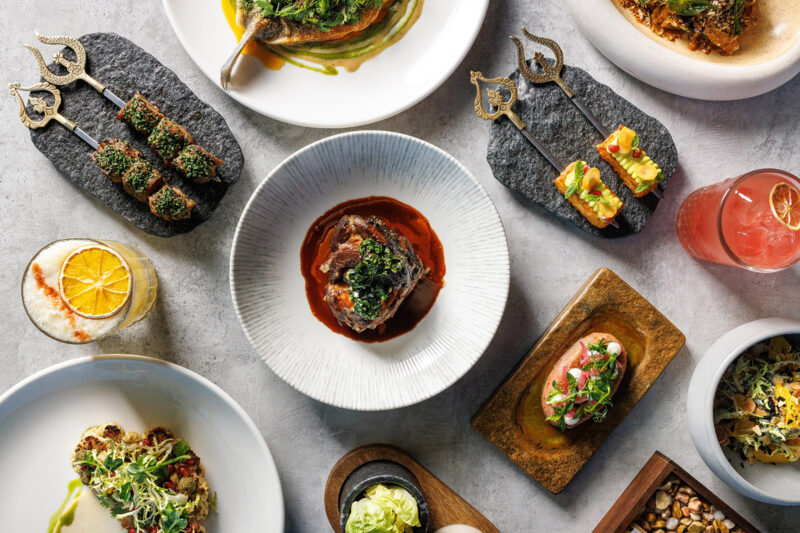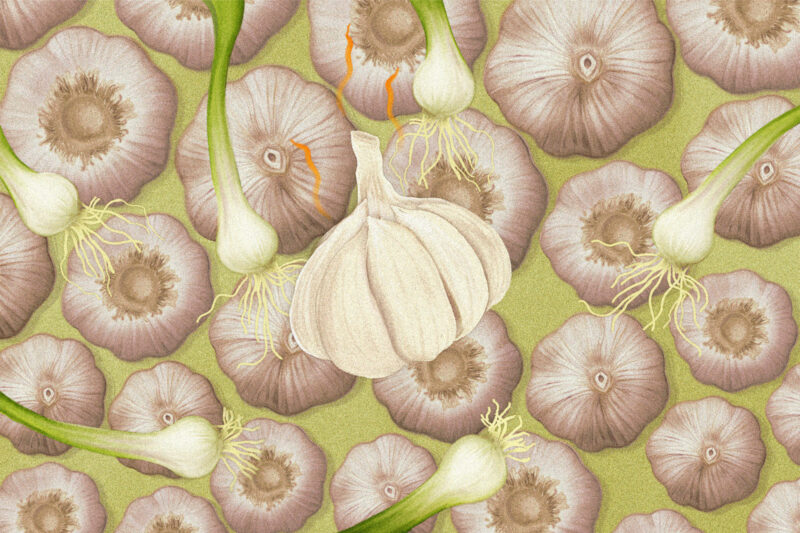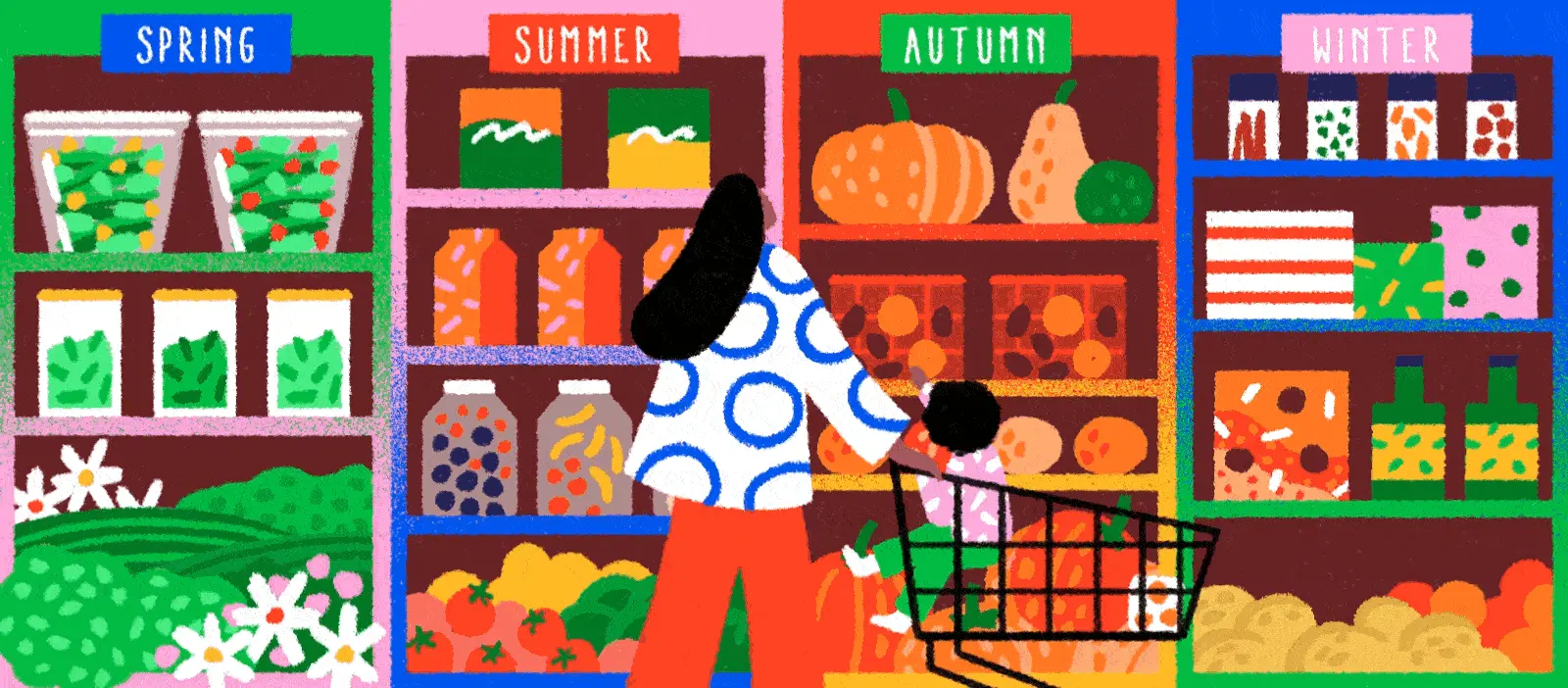
The festive joy of seasonal eating
From Ramadan dates to Christmas pudding, food can encapsulate specific times of year and remind us of the circular rhythms of life
–
In recent years, the idea of seasonal eating has regained popularity. Environmentalists say that eating produce that is grown locally, in season cuts down on food miles, while many consumers believe that fruit and vegetables harvested at the right time of year, without the need for heat lamps and greenhouses, simply taste better. Some dietitians even say that seasonal foods are more nutritious.
Just as significant is the psychological and emotional association of particular foods with specific times of year. Juicy red strawberries herald an English summer and, especially for me, the Wimbledon tennis tournament. Candied nuts sold by street vendors on the bridge outside St Paul’s Cathedral encapsulate the shortening days and the approaching nip of winter. And we are all familiar with the cultural phenomenon of what used to be known as autumn, having apparently become pumpkin spice season.
Viewing the year through the lens of what we cook and eat, and when, is a universal concept across different cultural and faith traditions. It is an effective, not to mention delicious, way of marking the calendar and observing the passage of time. Sometimes, the freshest produce takes pride of place on the festive table while, at others, items prepared and preserved for use all year round are celebrated.
Often there is a symbolic association to the foods we choose to eat at specific times. For Rosh Hashanah, the Jewish new year, round fruits such as pomegranates and apples are eaten to represent the circularity of the calendar and life itself. Sugary dishes are favoured, too, such as honey cake, which represents the hope for a sweet year ahead.
In Europe and North America hot cross buns, studded with dried fruit and raisins, are eaten at Easter time, in remembrance of Jesus and the crucifixion. The Islamic festival of Eid al-Adha, however, is so closely associated with the sacrifice of an animal and the preparation of meat to share among the community that in many parts of the Arab world it is matter-of-factly referred to as Eid al-Lahm, or the festival of meat.
Some foods are so intrinsic to their specific holiday that they even share a name. Ashure — a soup made from grains, dried fruit and nuts — is consumed across Turkey, Armenia and the Balkans, marking the Muslim holy day of Ashura, which falls on the tenth day of Muharram in the Islamic calendar.
Many festive foods are not only symbolic, but are built around ingredients that are in season. Harvest festivals are found in all parts of the world and often utilise the most common staple crop: squash and corn in North America; wheat in Europe; yams in West Africa. The Bengali version is known as nabanna, which literally translates to “new rice”. This winter celebration features many rice-based sweets, including patishapta pitha — sweet crepes stuffed with date molasses and coconut.
As we move steadily towards December, many cultures across the globe will be preparing for their winter festivals. Hanukkah, the Jewish festival commemorating the miracle of oil, centres on fried foods: golden, crunchy potato latkes and jam-filled doughnuts known as sufganiyot. Christmas markets also pop up in every northern European town and city, selling aromatic, mulled punches, cinnamon-scented pretzels and fruity mince pies.
Meanwhile, supermarket shelves are filled with season-specific produce: brussels sprouts, tins of luxury biscuits and Christmas puddings. Shoppers go wild for these things, whether they celebrate the holiday or not. I was a Muslim kid growing up in Britain in the 1990s and my family didn’t formally observe Christmas, but we absolutely made a ritual of shopping for traditional, seasonal food.
At the start of the school holidays, we would make a shopping list of all the treats we intended to buy, then I would accompany my parents to the shops, piling the trolley high with selection boxes of chocolate, fancy crackers, posh cheeses with bits of fruit in, yule logs, and, of course, many, many mince pies.
It was a way of feeling connected to the culture and society we were surrounded by. But eating certain foods at specific times of the year is often the most palpable — and low-effort — way for diaspora communities to connect with, celebrate and share their own culture and heritage.
Where language may present a barrier and attending a religious service requires time, belief and commitment, food is easily accessible and can often be a gateway to understanding the festival or holiday on a deeper level. The common practice among Muslims of buying and gifting dates during Ramadan, for example, requires minimal effort but is a tangible example of beginning to prepare practically and spiritually for the month of fasting ahead.
What appeals to me most about eating according to the seasons is the cyclical nature of it. Doing so reminds us of time passing, but also brings the comforting thought that, all being well, we will see that season again — be it a brisk spring, a balmy summer, a blustery autumn or a biting winter — next year.
 Newsletter
Newsletter






